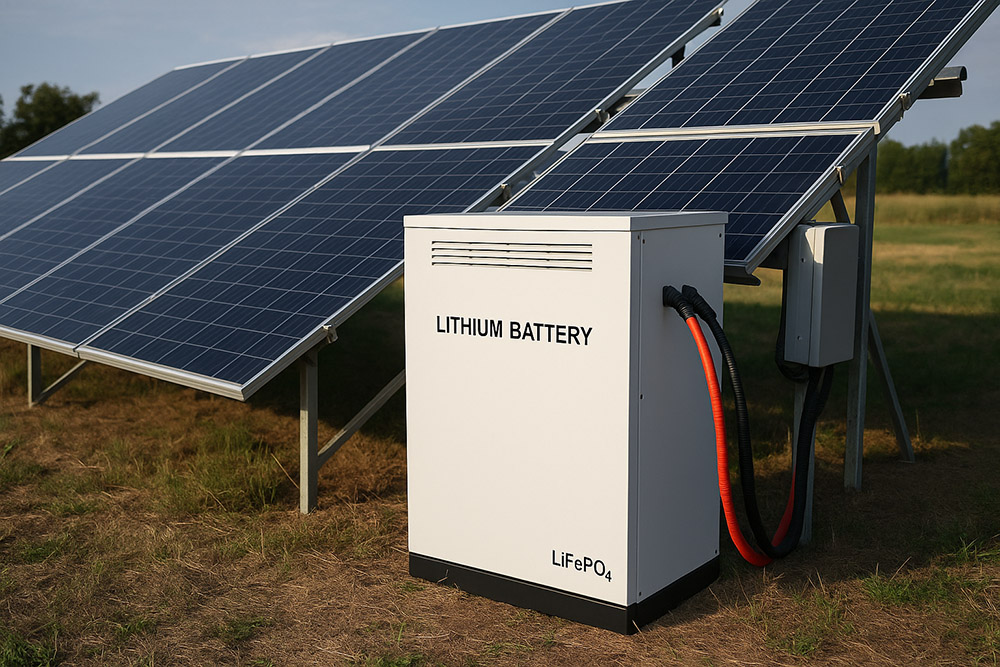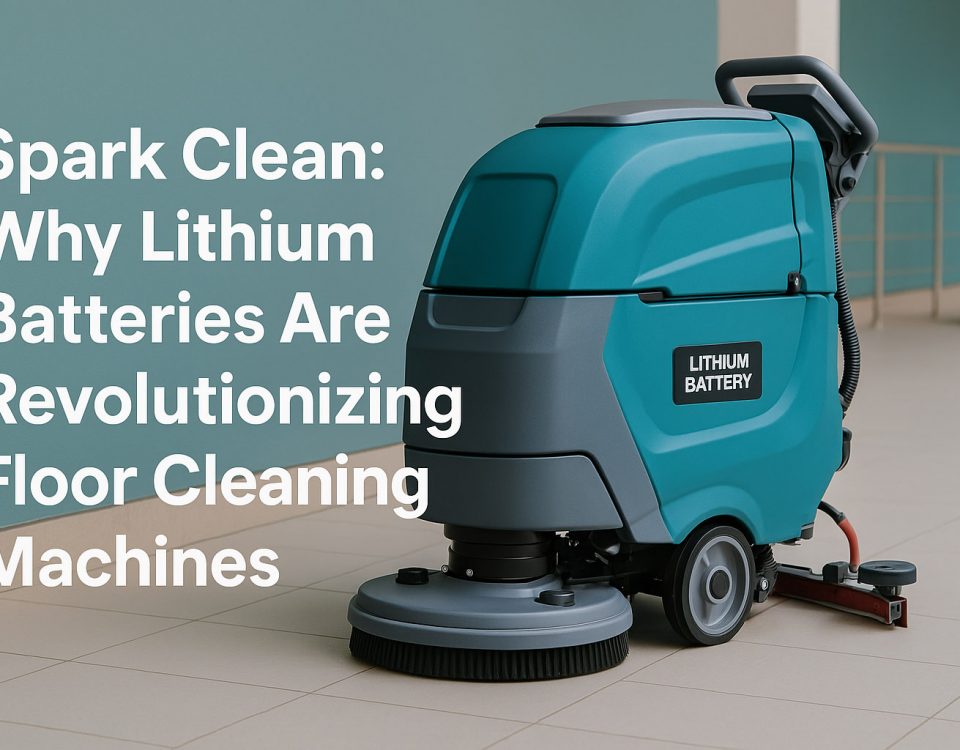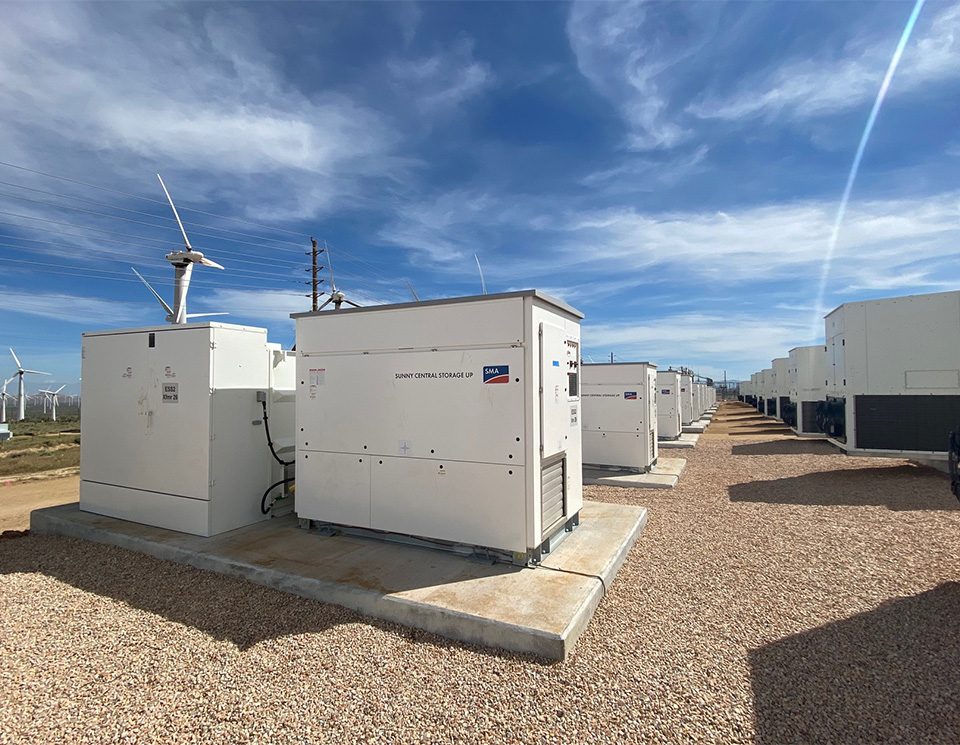As solar photovoltaic (PV) systems become increasingly affordable, more homeowners and businesses are investing in clean, renewable energy. Yet without storage, excess generation can go unused, and nighttime or cloudy‑day reliance still falls back on the utility grid. Adding batteries to your solar installation transforms intermittent sunshine into continuous power, enhances resilience, and maximizes return on investment. This guide dives into the latest technology, practical sizing methods, installation considerations, and best practices—empowering you to make informed decisions that align with your unique energy goals.
Why Add Batteries to Your Solar System?
1. Energy Independence & Resilience
Grid outages, whether caused by severe weather or maintenance, can leave you in the dark. A battery‑backed solar system provides seamless transition to backup power for critical loads—refrigerators, lighting, medical equipment, and communication devices—keeping you comfortable and safe.
2. Time‑of‑Use (TOU) Savings
Many utilities now offer TOU billing, charging higher rates during peak evening hours. By storing surplus midday solar production and discharging it when rates spike, you can dramatically cut your electricity bills and avoid peak‑hour penalties.
3. Increased Self‑Consumption
Without storage, PV systems often feed excess energy back to the grid at low export rates. Batteries boost self‑consumption by capturing that surplus and using it when solar output wanes, improving overall system economics.
4. Grid Services & Load Shifting
Advanced storage systems can participate in demand‑response programs, frequency regulation, and other grid services—potentially earning incentives or credits from your utility.
Choosing the Right Battery Chemistry
While multiple battery types exist, lithium‑ion—particularly lithium‑iron‑phosphate (LiFePO₄)—has emerged as the industry standard for 太阳能储存. Key advantages include:
-
High Cycle Life: 3,000–5,000 cycles at 80–100% depth of discharge, equating to a 10‑ to 15‑year lifespan.
-
Deep Discharge Capability: Usable capacity up to 95% without damaging the cells, maximizing energy utilization.
-
Compact Form Factor & Lightweight: Up to 70% lighter than equivalent lead‑acid banks, conserving valuable space.
-
快速充电: High C‑rates accommodate rapid replenishment from solar arrays.
-
增强安全性: LiFePO₄ chemistry boasts inherent thermal stability, reducing fire risk compared to other lithium formulations.
Lead‑acid (AGM and gel) remain lower‑cost options, but their limited DoD (50%) and shorter cycle life (500–1,000 cycles) make them less cost‑effective over time. Flow batteries and nickel‑based chemistries have niche applications but are rarely used for residential or small commercial solar storage.
Sizing Your Solar‑Plus‑Storage System
Determining the optimal battery capacity involves balancing energy needs, budget, and system goals:
-
Audit Your Consumption
-
Review your historical utility bills to calculate average daily usage (in kWh).
-
Identify critical loads you want backed up during an outage.
-
-
Estimate Solar Production
-
Use your PV system’s AC output and local irradiance data to gauge average daily generation.
-
Factor in seasonal variations.
-
-
Set Your Backup Goals
-
Whole‑Home Backup: Sizing for all loads requires batteries equal to daily consumption.
-
Partial Backup: Prioritize essential circuits—lighting, fridge, communications.
-
-
Account for Depth of Discharge (DoD)
-
For LiFePO₄, assume up to 90% usable capacity; for lead‑acid, limit to 50%.
-
-
Incorporate Reserve Margins
-
Add 10–20% extra capacity to cover cloudy days, future load growth, or unexpected events.
-
Example
If your home uses 30 kWh per day and you want to cover 60% of that during a grid outage, you’d need roughly 18 kWh of usable battery. With 磷酸铁锂电池 (90% DoD), specify a bank of at least 20 kWh.
Integrating Batteries: Inverters & System Architecture
1. Hybrid Inverters vs. AC‑Coupled Systems
-
Hybrid (DC‑Coupled) Inverters
Directly connect solar panels and batteries into the same inverter. Benefits include higher efficiency (single conversion), simplified wiring, and unified system monitoring. Many hybrid inverters also offer built‑in backup functionality, seamlessly switching to battery power during an outage. -
AC‑Coupled Systems
Add batteries to an existing PV setup via a dedicated battery inverter. While less efficient due to dual conversion (PV→AC→battery and back), AC‑coupling is ideal for retrofits, minimizing disruptions to the original system.
2. Grid‑Forming vs. Grid‑Tied Mode
For backup capability, select a grid‑forming inverter that can create a stable microgrid island during outages. Grid‑tied inverters alone shut down for safety reasons when the grid fails.
3. Communication & Monitoring
Modern storage solutions communicate via CAN bus, Modbus, or Wi‑Fi to deliver real‑time data on state‑of‑charge, power flows, and system health. Intuitive mobile apps and web dashboards enable remote diagnostics and firmware updates.
Introducing RICHYE: Premium Solar Storage Solutions
RICHYE is a professional lithium‑ion battery manufacturer whose products excel in quality, performance, safety, and value. Specializing in LiFePO₄ technology, RICHYE batteries provide robust, long‑lasting energy storage tailored for solar applications. With integrated smart Battery Management Systems (BMS), modular designs, and global support, RICHYE delivers reliable power—giving you confidence in every sunset and storm.
Installation Best Practices
-
Site Selection
-
Choose a cool, well‑ventilated location out of direct sunlight.
-
Ensure a level, non‑combustible mounting surface.
-
-
Cabling & Protection
-
Use appropriately sized, tinned copper cables with professional crimped lugs.
-
Install DC‑rated fuses or circuit breakers within 6 in of the positive battery terminal.
-
-
接地和接合
-
Bond battery racks, inverters, and enclosures to a common ground bar.
-
Verify compliance with NFPA 70 (NEC) and local electrical codes.
-
-
热管理
-
While LiFePO₄ batteries tolerate wide temperature ranges, avoid extremes.
-
If installing outdoors or in unconditioned spaces, consider insulated enclosures or active cooling.
-
-
Commissioning & Testing
-
Update inverter and BMS firmware to the latest versions.
-
Perform initial charge/discharge cycles under load to confirm performance.
-
Document baseline performance metrics for future reference.
-
Monitoring & Maintenance
-
Monthly Checks: Inspect terminals, cables, and enclosures for corrosion or damage.
-
Quarterly Reviews: Analyze BMS logs for capacity trends, temperature anomalies, and balancing activity.
-
Annual Capacity Tests: Conduct controlled discharge tests to verify remaining usable capacity.
-
固件更新: Install manufacturer‑provided updates for inverters and BMS to ensure optimal performance and security.
Routine monitoring maximizes system uptime, prolongs battery life, and uncovers potential issues before they escalate.
Maximizing Your Investment: Financial Incentives & ROI
-
Federal & State Tax Credits: The U.S. Investment Tax Credit (ITC) currently covers 30% of battery storage costs when paired with solar.
-
Utility Rebates & Programs: Many utilities offer incentives, net‑metering, or TOU rate plans that favor solar‑plus‑storage customers.
-
Performance Guarantees: Look for manufacturer warranties covering cycle life, capacity retention, and workmanship—typically 10 years for LiFePO₄ systems.
By combining incentives with energy bill savings, you can achieve a payback period as short as 5–7 years, depending on your location and consumption profile.
结论
Upgrading your solar PV system with batteries unlocks true energy independence, enhances resiliency, and improves financial returns. By selecting the right chemistry, sizing intelligently, integrating with hybrid inverters, and adhering to best installation practices, you’ll harness every kilowatt-hour your panels produce and safeguard against grid disruptions. With RICHYE’s state‑of‑the‑art LiFePO₄ batteries, you gain durable, efficient, and safe storage—ensuring your solar investment shines day and night, rain or shine.




